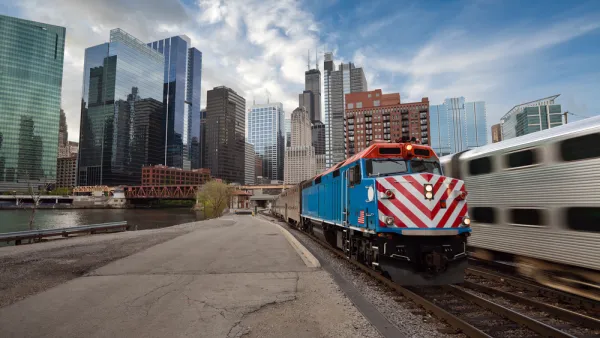With more people gravitating toward cities than ever before, new urban morphologies are proliferating throughout the world. Arup Connect's Sarah Wesseler talks with Roger Keil of York University about challenges facing global suburban development.

Q: How do you see design fitting into discussions of suburbanization and governance?
Well, take the North American suburb. It’s important to realize that this world is created at the planning scale. The design basically follows. Space is produced in a particular form by particular governance processes, by metropolitan governments that lay out the space, build the highways, create the subdivisions. The land is subdivided, the lot size is determined, the lot size determines a certain design: will it be a ranch-style home or a bungalow? You can pretty much lay that out the entire way. The important thing has in the past been that scale.
What we now have are interesting conversations about retrofitting suburbia. The single-family home is often considered unreformable; once there’s a single-family home on a single lot, it’s basically untouchable for all kinds of reasons. But then there could be design ideas about how to start from the individual lot outward, to think differently about that space.
FULL STORY: Beyond the White Picket Fence

National Parks Layoffs Will Cause Communities to Lose Billions
Thousands of essential park workers were laid off this week, just before the busy spring break season.

Retro-silient?: America’s First “Eco-burb,” The Woodlands Turns 50
A master-planned community north of Houston offers lessons on green infrastructure and resilient design, but falls short of its founder’s lofty affordability and walkability goals.

Delivering for America Plan Will Downgrade Mail Service in at Least 49.5 Percent of Zip Codes
Republican and Democrat lawmakers criticize the plan for its disproportionate negative impact on rural communities.

Test News Post 1
This is a summary

Test News Headline 46
Test for the image on the front page.

Balancing Bombs and Butterflies: How the National Guard Protects a Rare Species
The National Guard at Fort Indiantown Gap uses GIS technology and land management strategies to balance military training with conservation efforts, ensuring the survival of the rare eastern regal fritillary butterfly.
Urban Design for Planners 1: Software Tools
This six-course series explores essential urban design concepts using open source software and equips planners with the tools they need to participate fully in the urban design process.
Planning for Universal Design
Learn the tools for implementing Universal Design in planning regulations.
EMC Planning Group, Inc.
Planetizen
Planetizen
Mpact (formerly Rail~Volution)
Great Falls Development Authority, Inc.
HUDs Office of Policy Development and Research
NYU Wagner Graduate School of Public Service



























